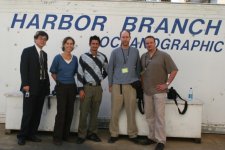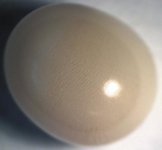jshepherd
Pearl Paradise
- Joined
- Jun 22, 2004
- Messages
- 6,358
I have kept this secret for about a year now, but Jeremy Norris and I took a trip over to Florida last year to take a look at the world's first successful conch pearl culturing program with Wuyi Yang from the New York GIA lab.
Pearl-Guide's very own Hector Acosta-Salmon has discovered a method to successfully culture both beaded and tissue conch pearls.
They finally broke the news today.
http://www.sciencedaily.com/releases/2009/11/091104000927.htm





Pearl-Guide's very own Hector Acosta-Salmon has discovered a method to successfully culture both beaded and tissue conch pearls.
They finally broke the news today.
http://www.sciencedaily.com/releases/2009/11/091104000927.htm






